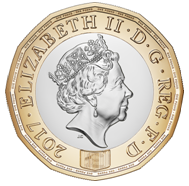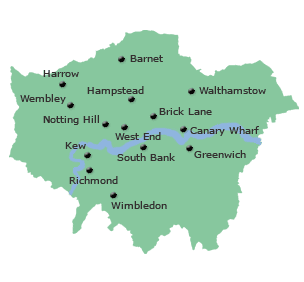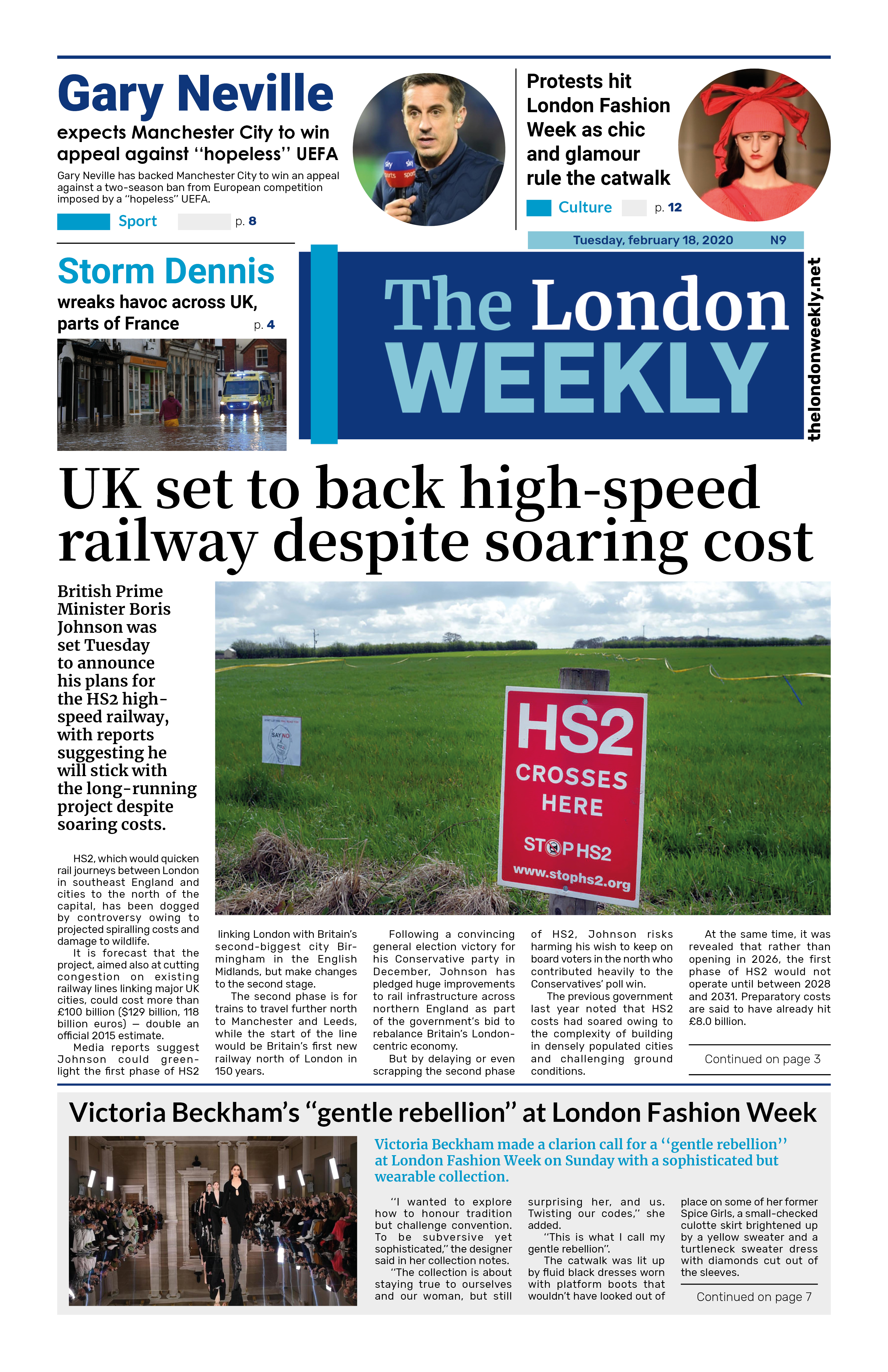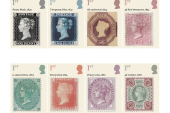
The British pound slipped slightly on Wednesday after UK inflation eased more than anticipated. Consumer prices rose by 2.8% year-on-year in February, down from 3.0% in January and below
market forecasts.
Following the data release, sterling dipped 0.13% to $1.2927, from $1.2940 beforehand. It also lost ground against the euro, with the common currency rising 0.08% to 83.45 pence.
Markets are closely watching developments in the UK as Finance Minister Rachel Reeves prepares to unveil spending cuts later in the day. The move aims to reassure investors about the government's commitment to fiscal responsibility amid slowing economic growth.
Paul Dales, Chief UK Economist at Capital Economics, cautioned against reading too much into the dip in inflation. “It’s a bit of a red herring,” he said, predicting inflation could rebound above 3.0% by April and reach around 3.5% by September. He also noted that lingering wage pressures might lead the Bank of England to delay interest rate cuts.
Despite the cooler inflation print, money markets remained steady in their expectations for future rate moves. Investors continue to price in a 92% chance of a 25-basis-point rate cut by August, with a total of 40 basis points priced in by year-end—indicating a 60% chance of a second rate cut.
Meanwhile, UK government bond yields dipped slightly, with 10-year gilt yields down 0.5 basis points to 4.75% after briefly touching a three-week high of 4.772%. Photo by Wikimedia commons.


































